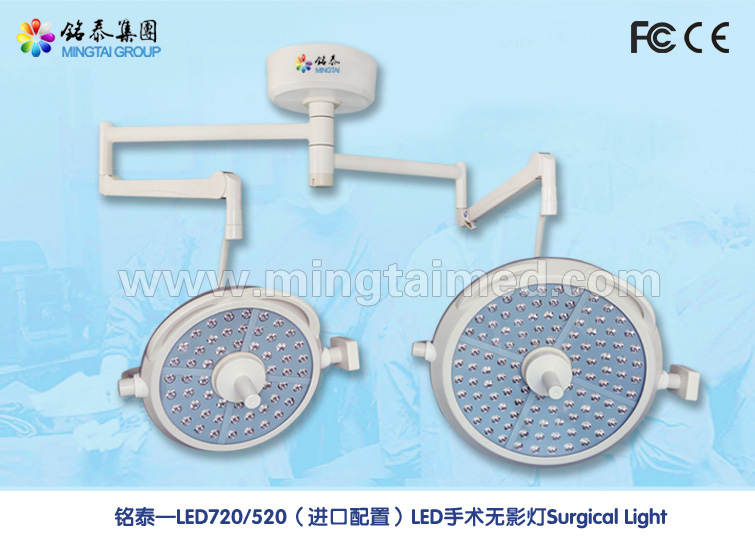7.3.1 Selection of porcupines
Breeding porcupines should choose the fine bred species, or use wild porcupines with good physiological characteristics captured in the wild. The male porcupine should have strong sexual desire and good semen quality. Female porcupines should have good motherhood, do not eat food, and have more litters. The species of porcupine must have a clear lineage to prevent close relatives from mating, and new porcupines should promptly establish files.
7.3.2 Environmental requirements during the breeding period
During the breeding period, the feeding environment must be kept quiet to avoid strong stimulation of sound, light, electricity, and specific odors.
7.3.3 Male and Female Collocation
The cages were raised and kept in cages of 3 animals. One male and two females should be used for breeding.
7.3.4 Age of Breeding
Female porcupine should be (12 ~ 14) months of age, male porcupine should be (16 ~ 18) months of age for mating. The porcupine's reproductive life span is (2 to 8) years, and the breeding porcine period is (3 to 5) years old, and the male porcupine is (3 to 7) years old. For older porcupines that are older than the age of reproduction and sick or sick, porcupines should be eliminated in time.
7.3.5 Induction of estrus
When the porcupine does not show obvious estrus symptoms in the estrus season, drugs can be used to induce estrus.
7.3.6 Estrus Mating and Pregnancy
(1~3) months and (6~7) months are the peak period of estrus estrus competition. Female porcupine has multiple estrus in each estrus season, each duration (4~6)d, estrus cycle (18~21) d . After pregnancy, female porcupines are lethargic, do not love activities, and have increased appetite. Obvious thickening of the nipple is seen around the 20th day of pregnancy, and the abdomen is obviously increased in about one month. At this time, it can be confirmed that the female porcupine is pregnant. The rules, characteristics, and performance of estrus mating and pregnancy should be mastered, and records should be made so that preparatory work such as calving and nurturing can be performed.
7.3.7 Reproduction
7.3.7.1 Under normal circumstances, porcupine can breed 2 children a year, with one child (1 to 3), in some cases (4 to 5), and usually (3 to 6) months to produce the first child (8 to 11). ) The second child is born in the month.
7.3.7.2 Porcupines that produce one child a year are generally born every year (6 to 8 months).
7.3.7.3 A female porcupine can only breastfeed one child at a time. If the female porcine has more than 3 litters, 2 pigs are given to give birth to the female pigs, and the rest is given to the female porcupines who have 1 litter. With proper treatment, porcupine pigs are well nurtured.
Mingtai third generation Led Operating Lamp LED bulb do not engender infrared ray and ultraviolet radiation, it doesn`t have the temperature rise and tissue damage caused by halogen shadowless light, can accelerate the wound healing after surgery, and has no Radiation pollution
Variety of Surgical environment lighting mode: bright, normal, endoscopic lighting mode; Base axis has ambient light lighting mode (optional)
For more information about Operating Light, Operating Table, Hospital Bed and Medical Pendant please visit website.

Third Generation LED Shadowless Light
Third Generation LED Shadowless Light,Surgical Lamp,Shadowless Led Lamp,Overhead Surgical Lights
Shandong Mingtai Medical Equipment Group Co., Ltd , https://www.mingtaic.com